
Price & Equipment - Verdict: Nissan X-Trail ST-L
Honda’s $39K seven-seat CR-V VTi-L gets 360-degree view cameras, 7.0-inch touchscreen with sat-nav, driver attention monitor and Lanewatch, dual-zone climate, heated front seats (powered with memory for the driver), roof rails, smart key entry, six airbags, power tailgate and auto headlights and wipers.
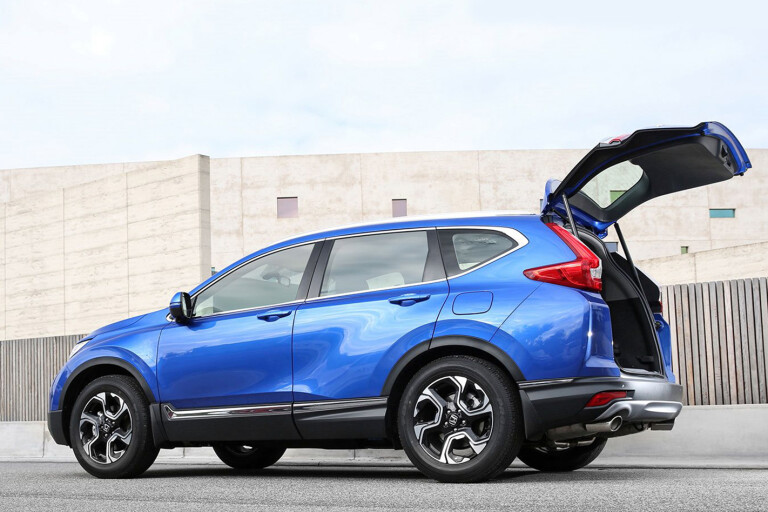
The $38K seven-seater Nissan X-Trail ST-L is a CVT front-drive like its rival and comes similarly equipped inside, with the addition of full leather trim. Though the X-Trail doesn’t have a driver attention system or the Honda’s Lanewatch, its safety package is more comprehensive with blind-spot warning, rear cross-traffic alert systems and AEB.
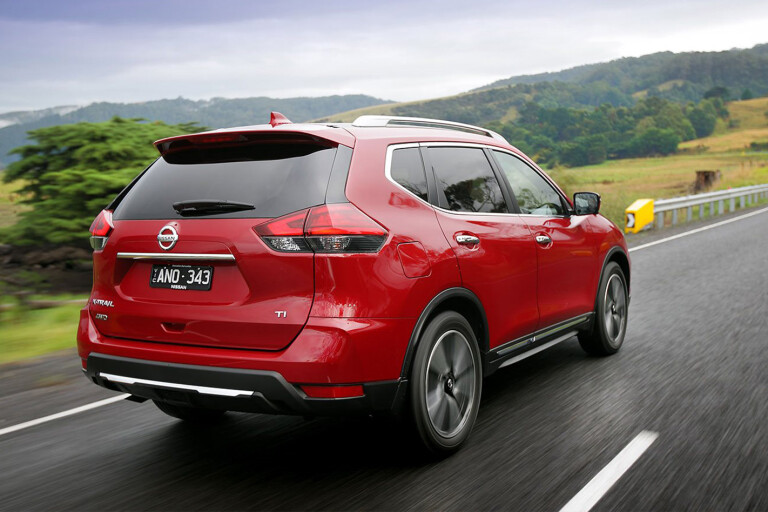
Interior & Versatility - Verdict: Honda CR-V VTi-L
The Honda CR-V’s part-leather-trimmed cabin is roomy, with comfy front seats. Vision is uncommonly good, around the slim pillars, and the electric park brake trumps the Nissan X-Trail’s (and previous CR-V’s) foot pedal. You get a full-size spare but, like its rival, there’s not much boot space behind the third row (150L) – fold the third row down for 472L.
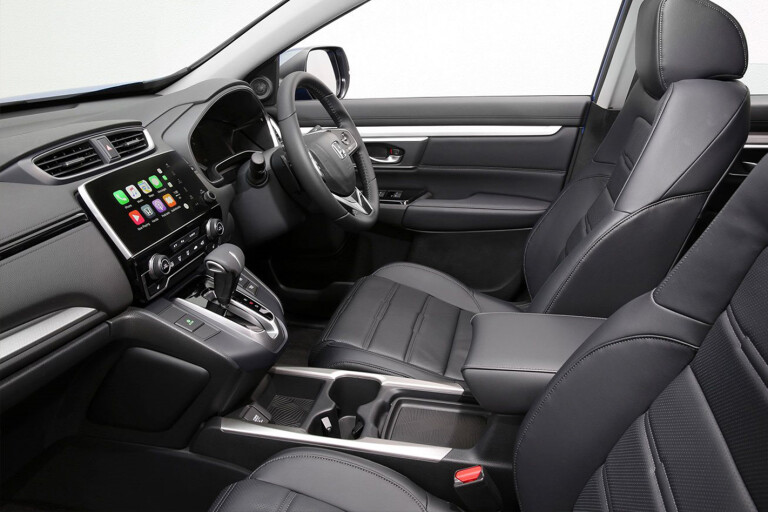
Neat and intuitive presentation and materials take a step up in the updated series two Nissan. The X-Trail remains roomy for a medium SUV, and there are second row air-con outlets. The third row is of the small-kids-only variety, but that’s par for the class. Small boot with seven in seats; and a space-saver spare.
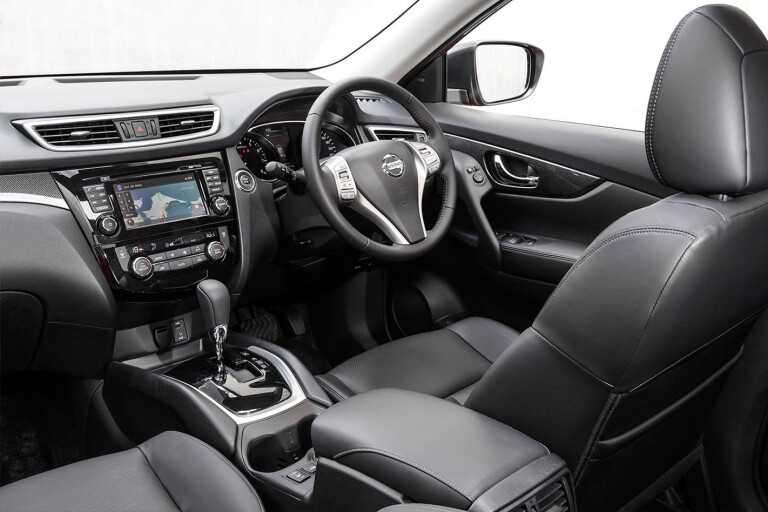
Performance & Economy - Verdict: Honda CR-V VTi-L
The CR-V’s turbocharged 1.5 petrol departs from the segment norm to bring tangible benefit. It officially uses 7.4L/100km and with 140kW/240Nm, there’s more grunt and flexibility here than in the Nissan. The auto works well when left to its own devices, with seven ratio steps and paddle shifters to help break the CVT monotony.
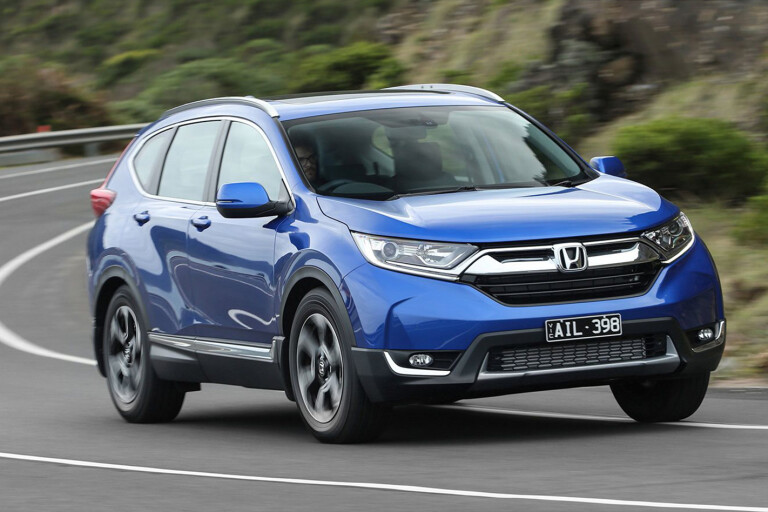
Nissan’s workmanlike atmo 2.5-litre four delivers a reasonable 126kW/226Nm and teams amicably with the CVT to achieve 8.1L/100km on the official combined cycle, but expect around 10-12L/100km in everyday urban driving, perhaps a bit more than you’ll use in the Honda. Like its rival, the X-Trail is happy on regular 91 RON.
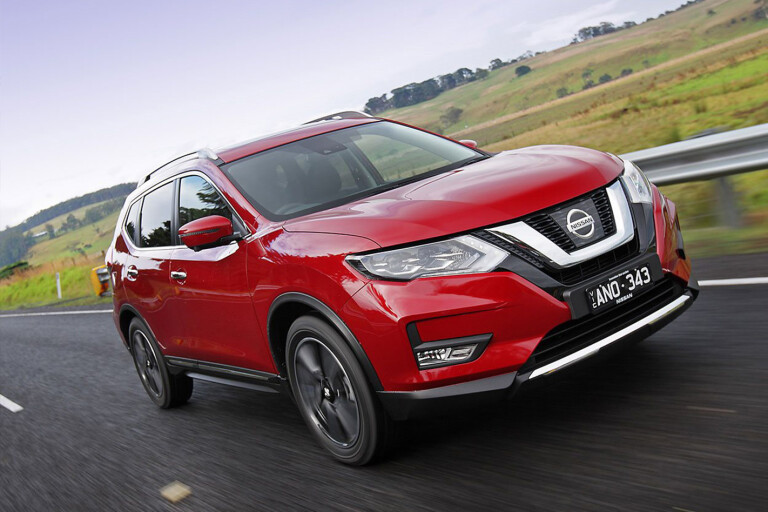
Ride & Refinement - Verdict: Draw
The new-gen CR-V is immediately more comfortable than its predecessor by virtue of better body control. Is it a bit better sound deadened than its rival? Perhaps. But it’s certainly true that the snail-assisted donk makes less noise, because it doesn’t have to work as hard as the atmo Nissan mill.
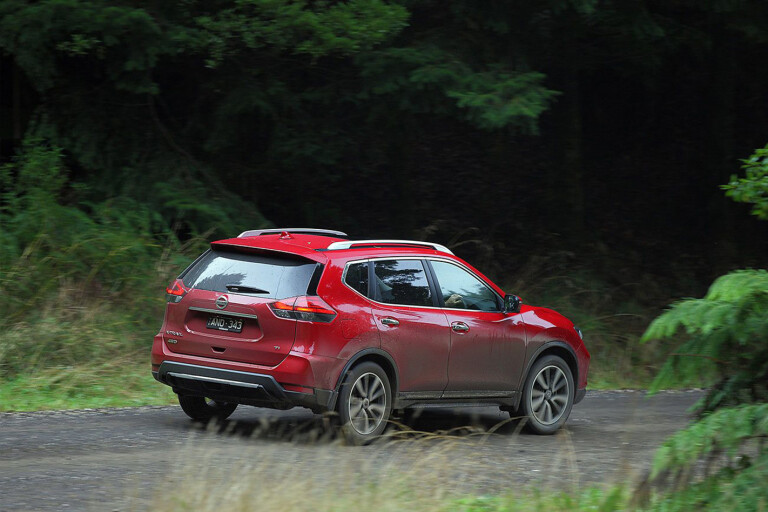
The Nissan delivers a well-controlled ride and good absorbency (on 17in wheels and tall sidewalls) that deals well with sharp bumps and undulations across a range of speeds. There’s a bit of roar on rougher surfaces, and the engine can intrude under hard acceleration, but in most types of driving, the X-Trail goes pretty quietly.
Steering & Handling - Verdict: Honda CR-V VTi-L
It’s interesting that both SUVs have a form of brake torque vectoring. Not long ago this was reserved for sports machines. Honda calls its system ‘Agile Handling Assist’, and it presumably contributes to the chassis’ well-balanced, agile behaviour. The steering, though initially inert, points well further into its lock and is quite quick.
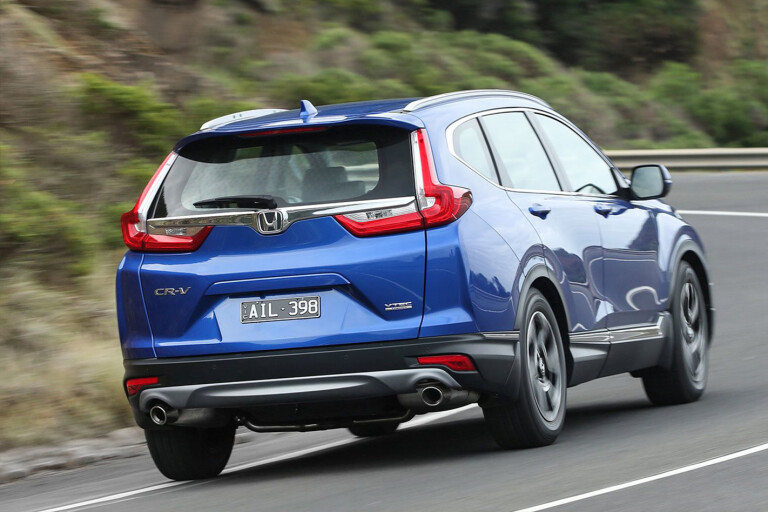
Nissan’s ‘Intelligent Brake Control’ is a subtle brake torque vectoring system that, like the Honda’s, helps to impart well-mannered handling characteristics. It steers quite responsively but there’s not much feel and the bodyroll that’s inevitable in a high-rise wagon presents itself when you corner quickly.
Verdict - Winner: Honda CR-V VTi-L
Getting seven seats in a medium SUV immediately helps the bottom line for big families, who can avoid the stretch to a large wagon, though the third rows on offer here are for little kids only. The mid-spec Nissan costs $1500 more in seven-seat guise than as a five-seater, while Honda only offers seven seats in its second-from-top VTi-L wagon, which costs about $5500 more than the lesser-equipped VTi-S.
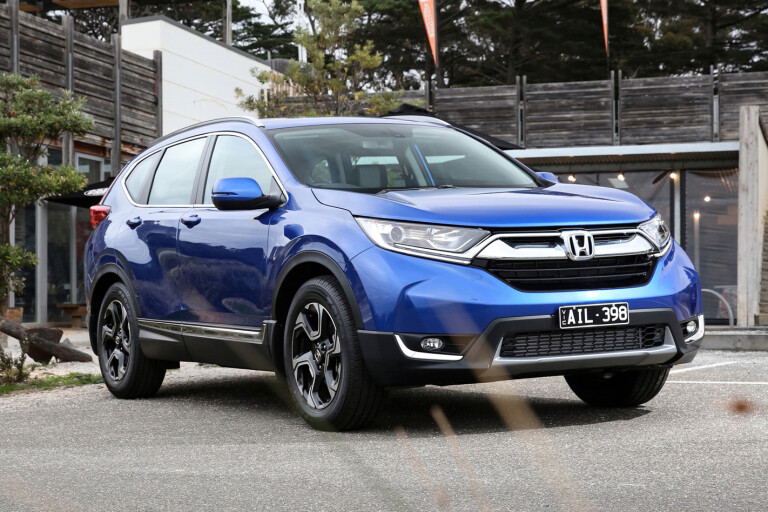
The Honda is a nicer steer, with more urge and better economy; pity AEB only comes in the top version. The Nissan, meanwhile, gets this and other safety extras, plus more convenience kit, but its engine fails to inspire and uses more fuel. On the basis of a more efficient, modern engine, and a better cabin, the Honda CR-V erases the Nissan X-Trail’s small value advantage.
COMMENTS